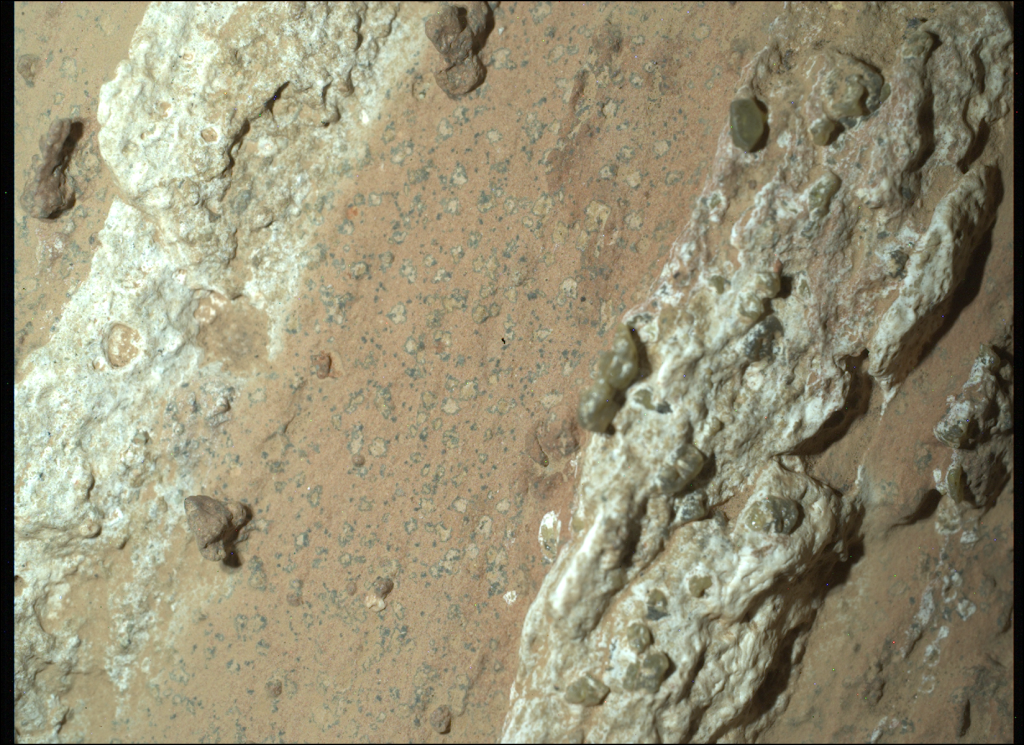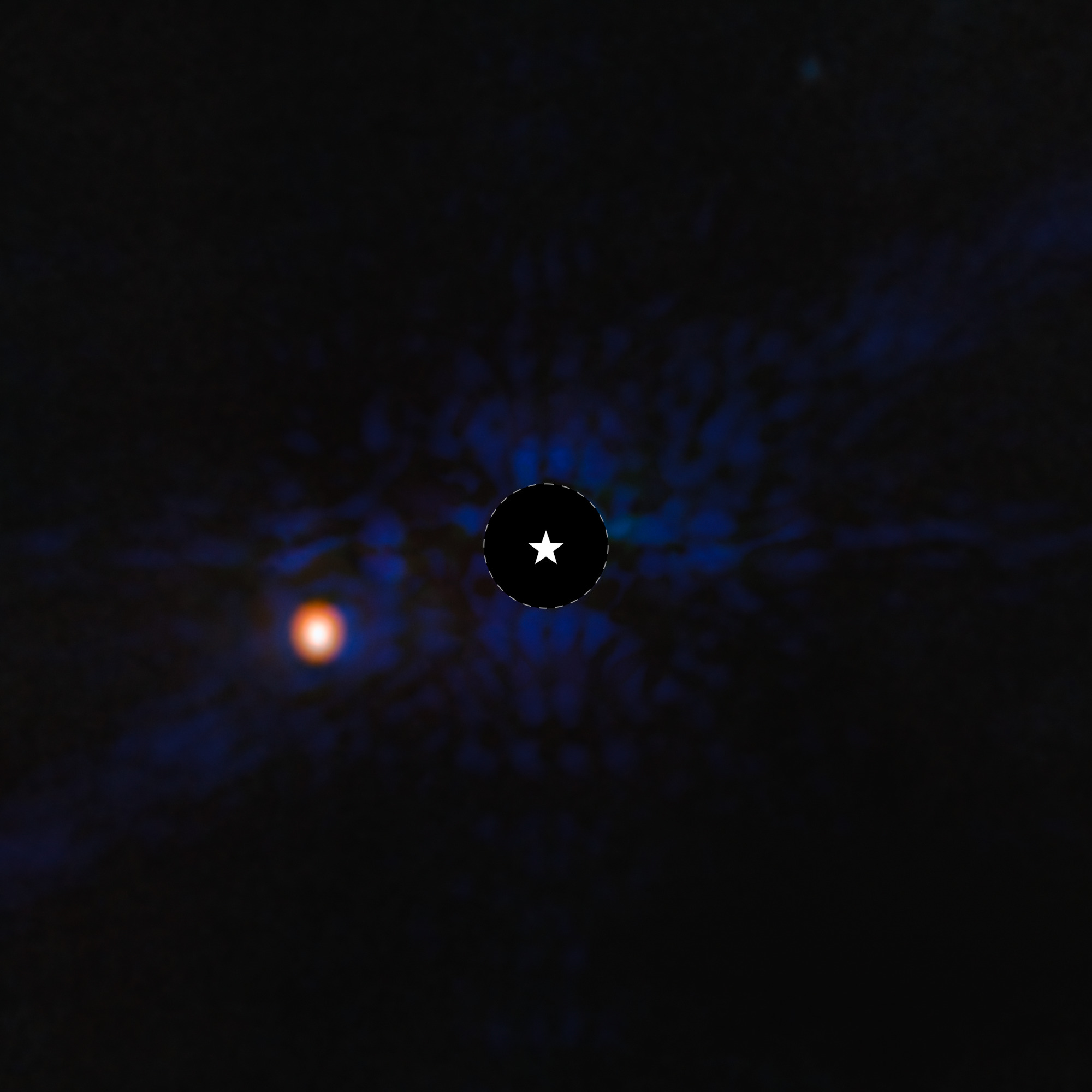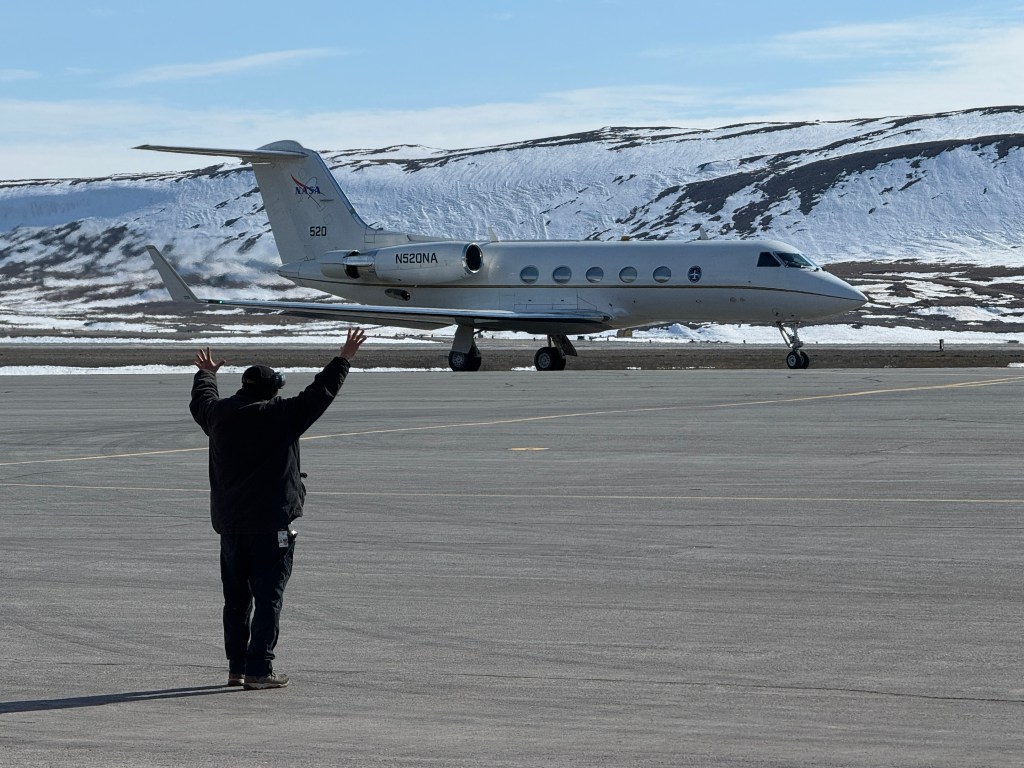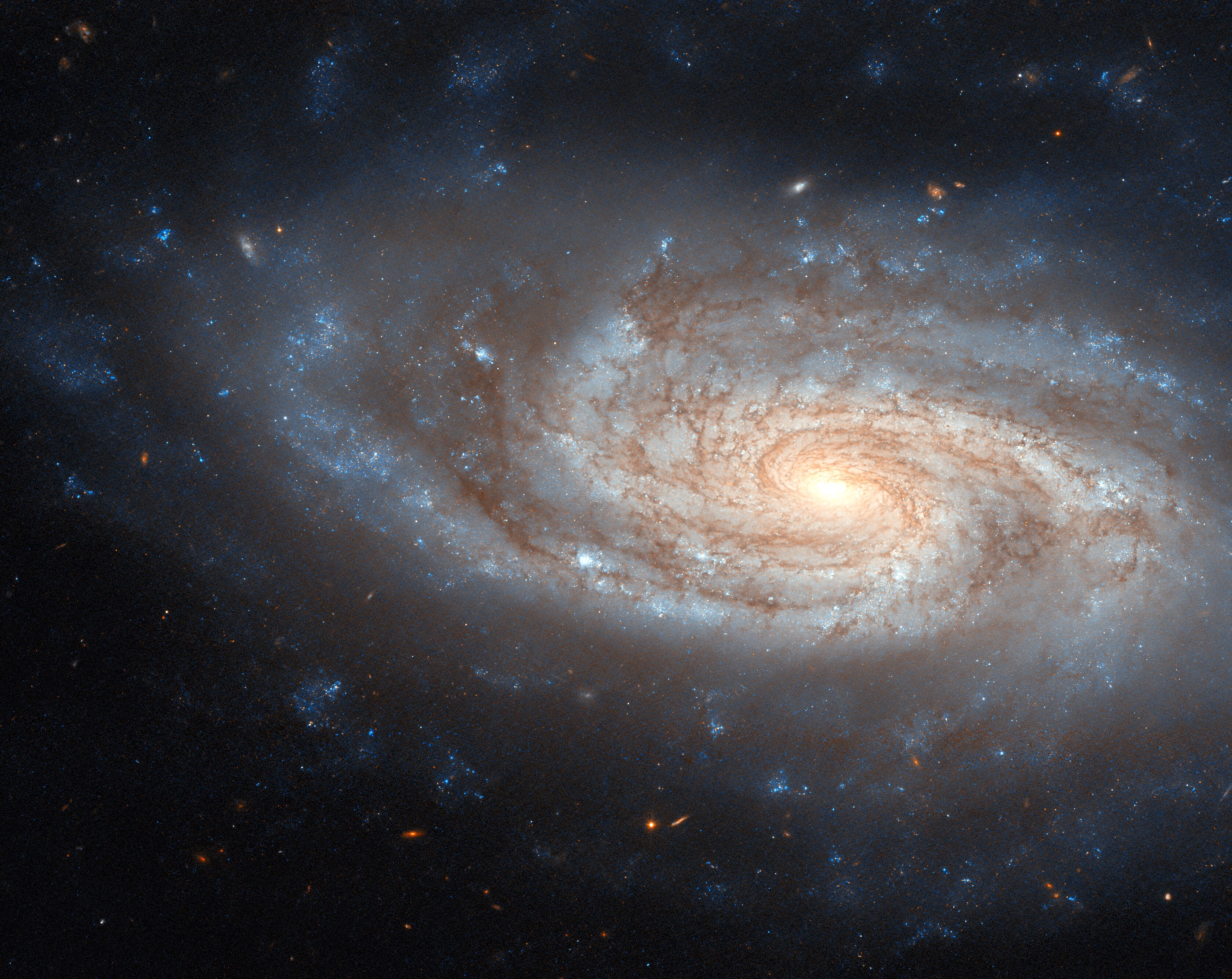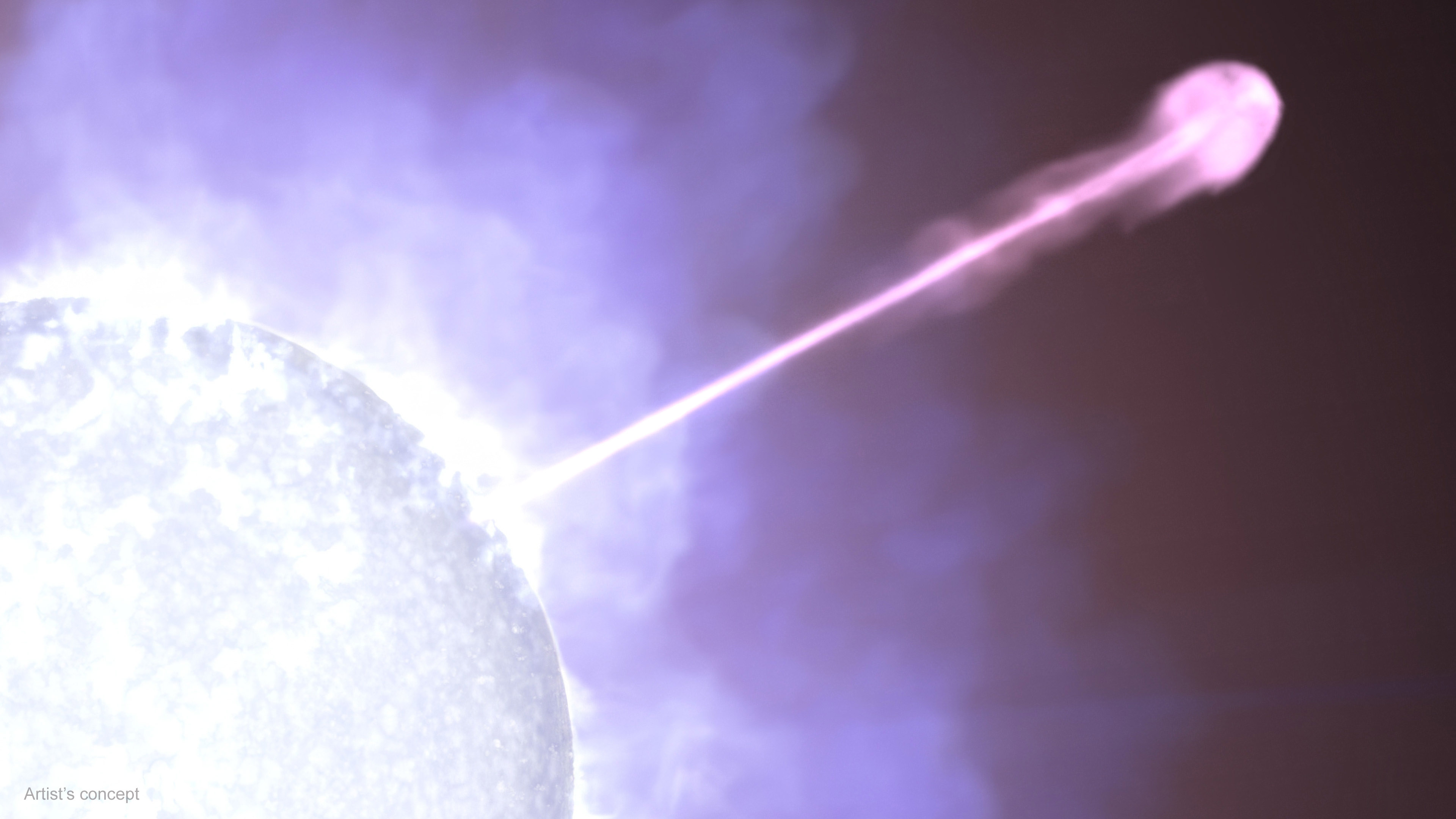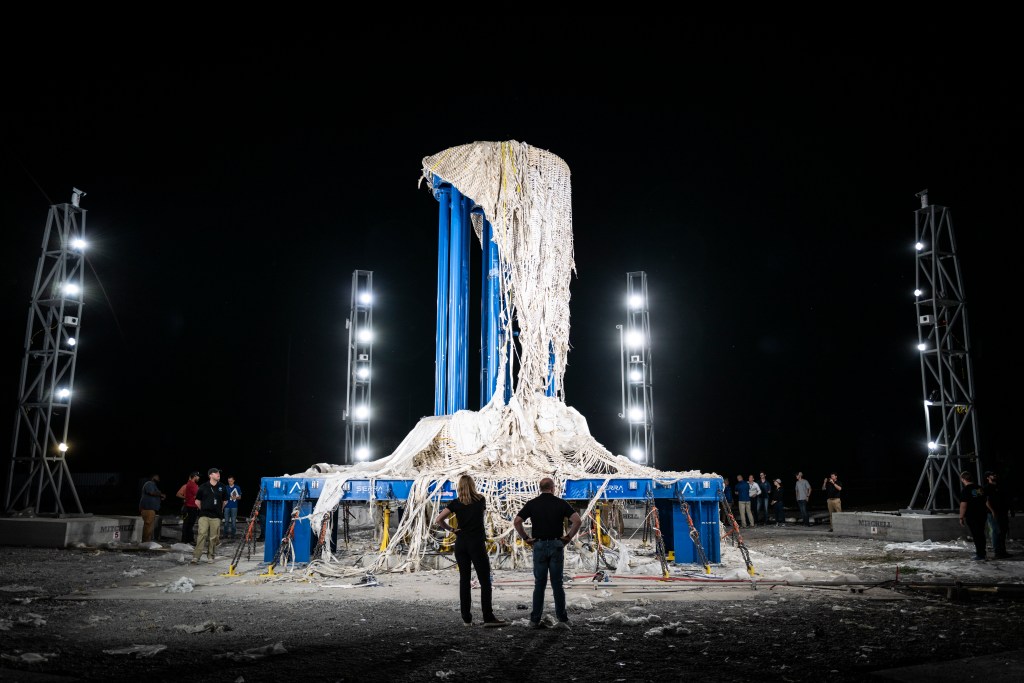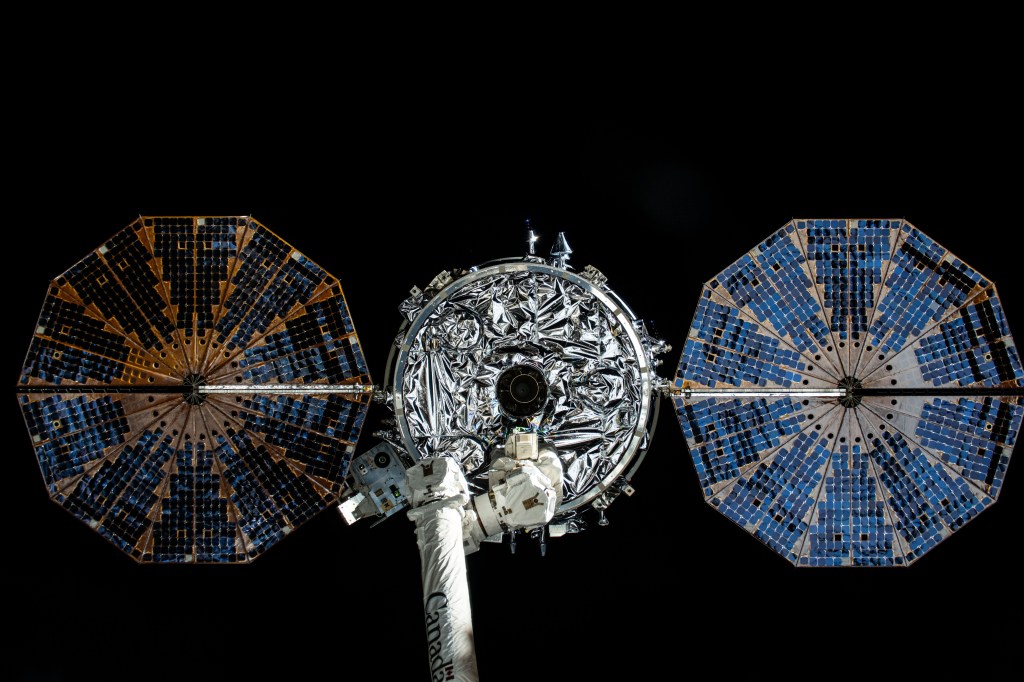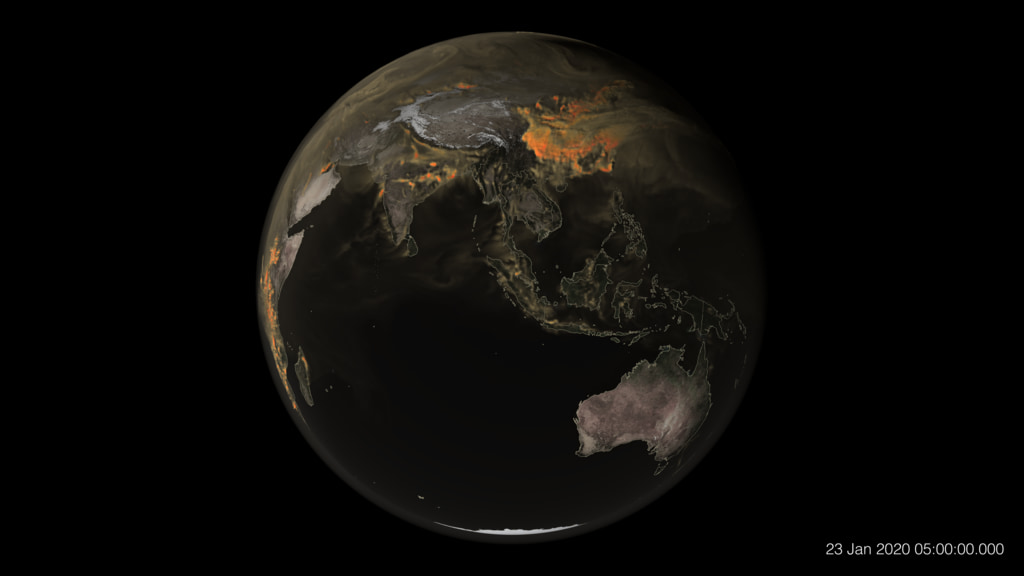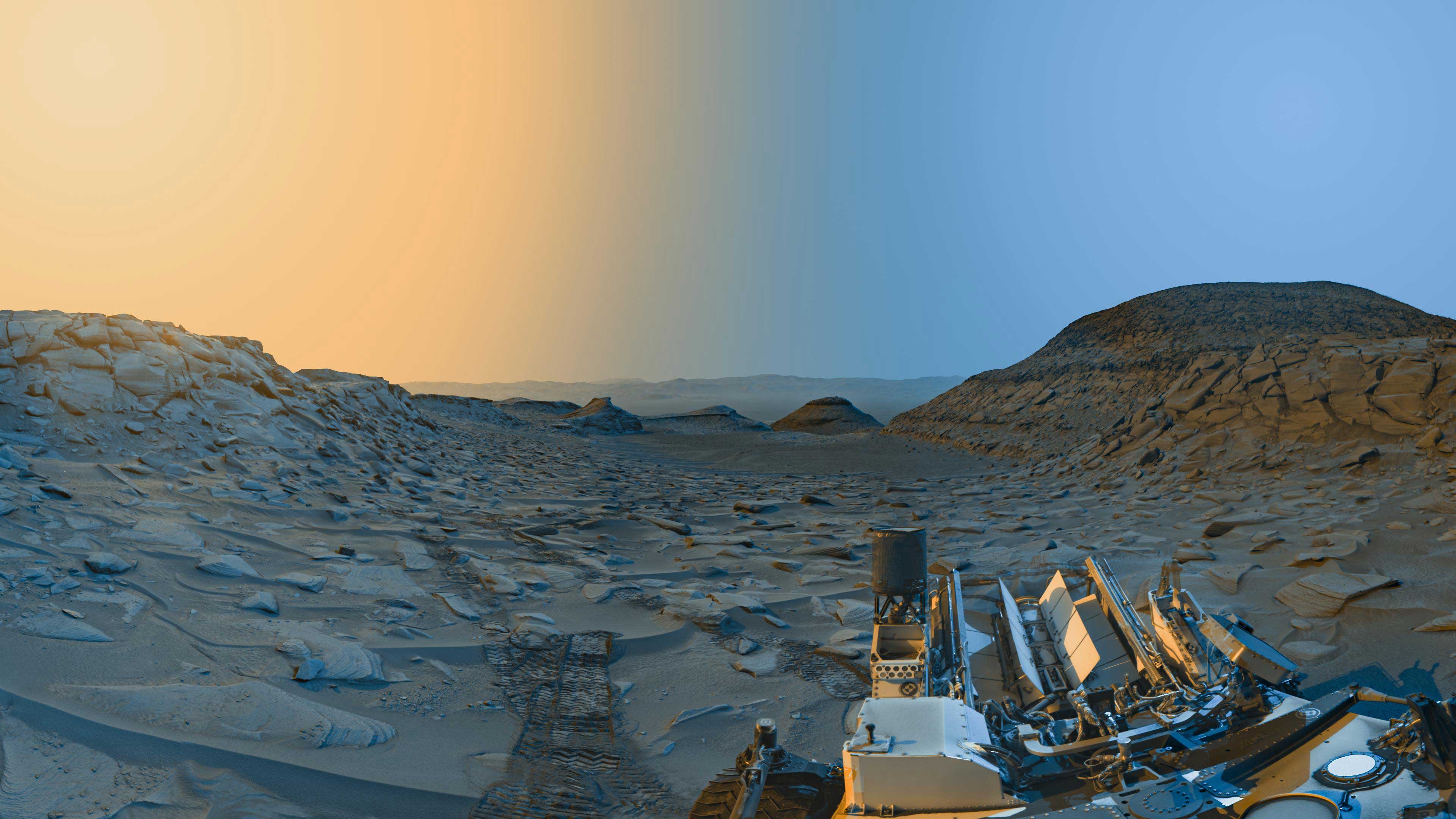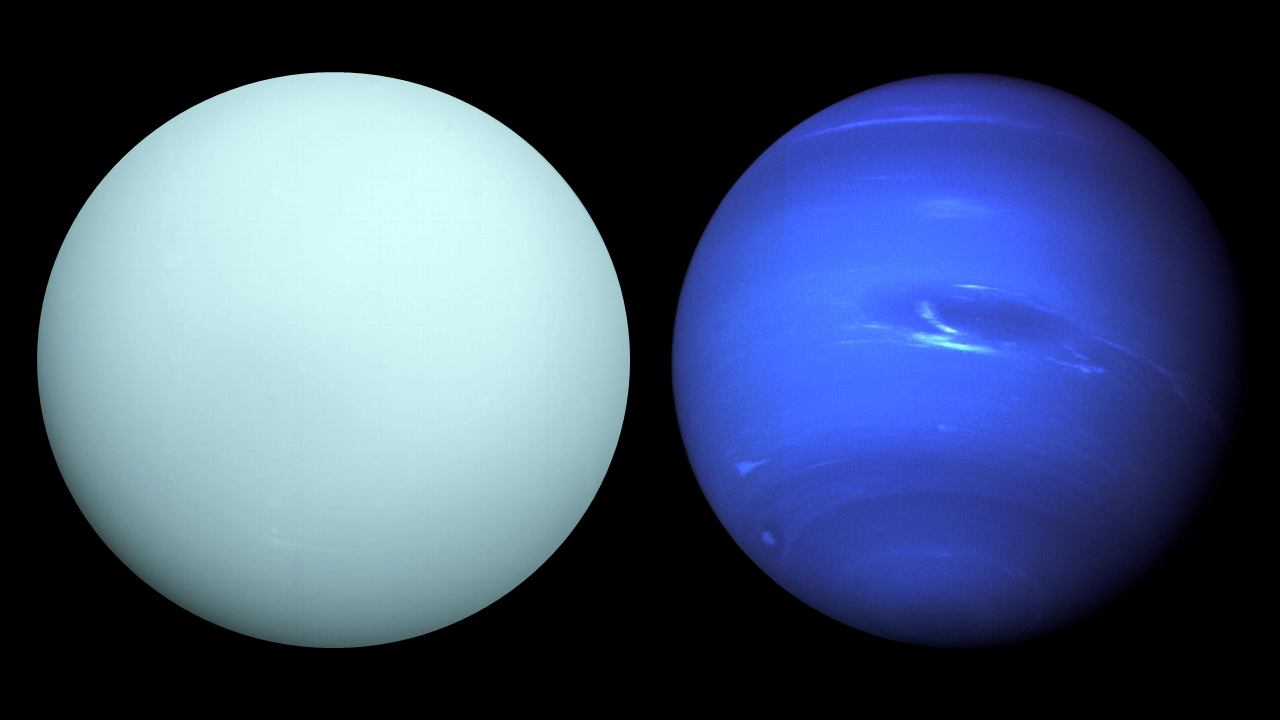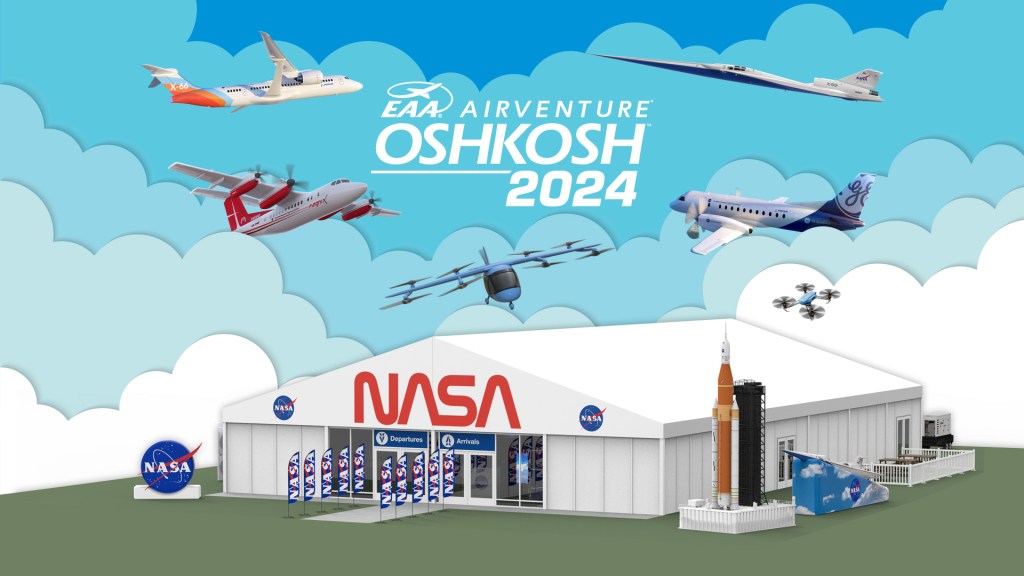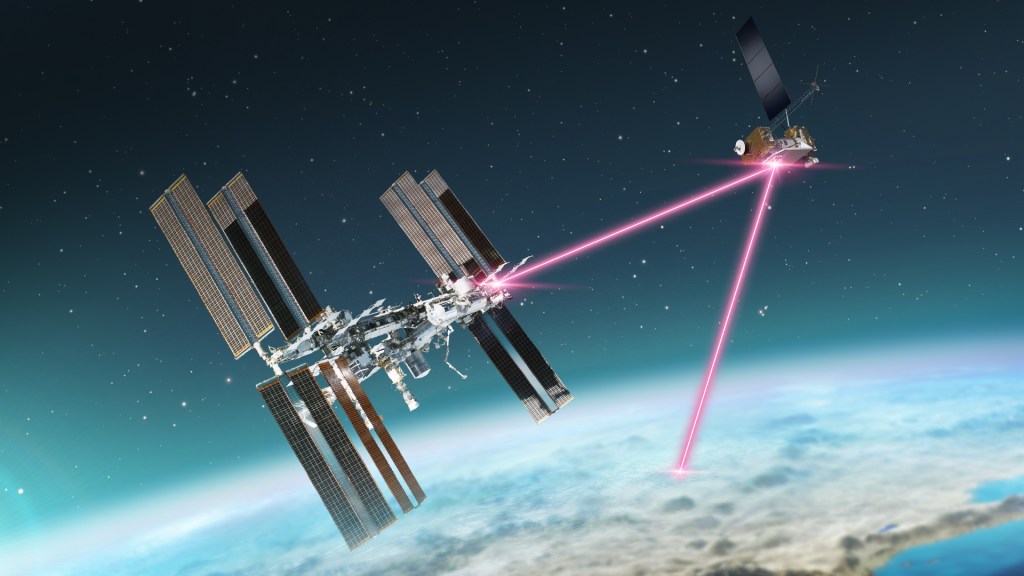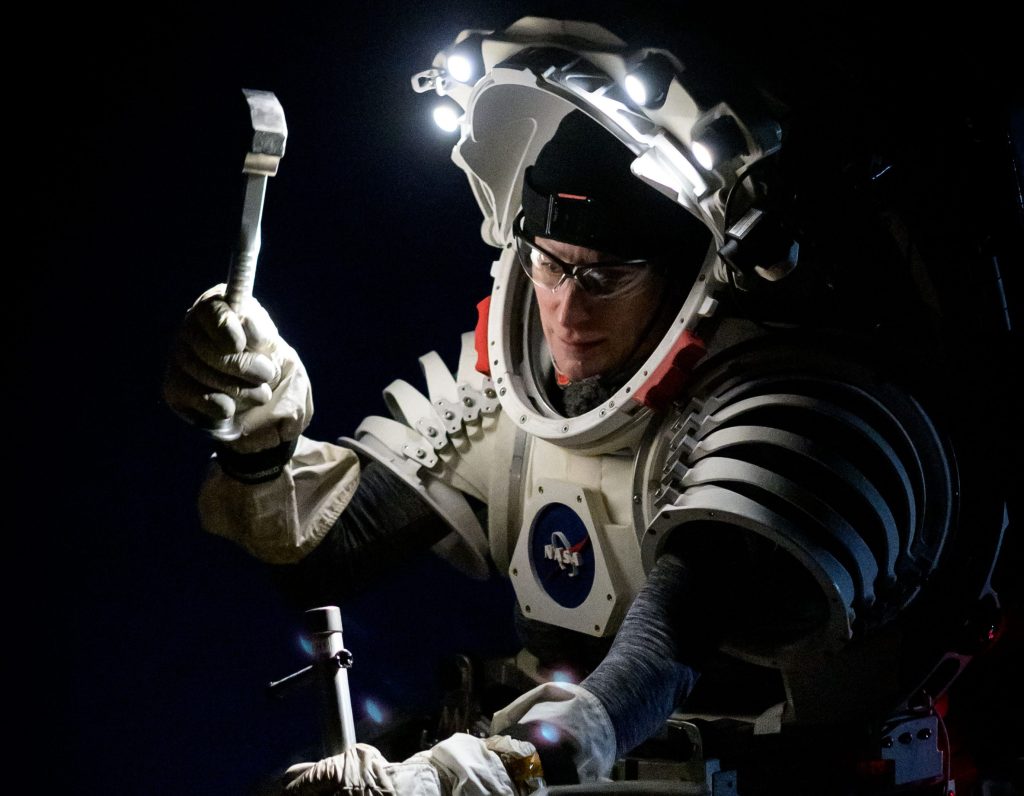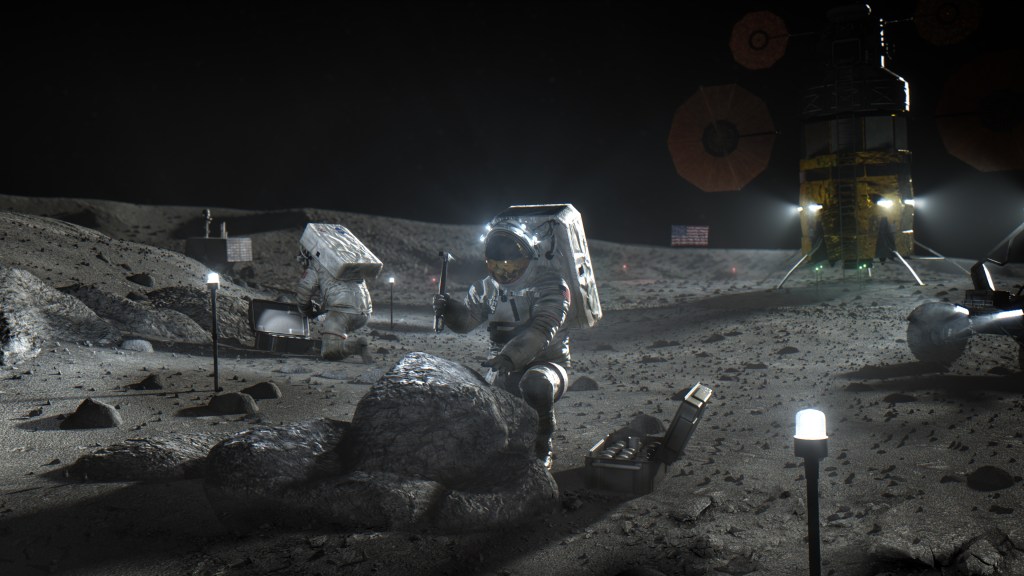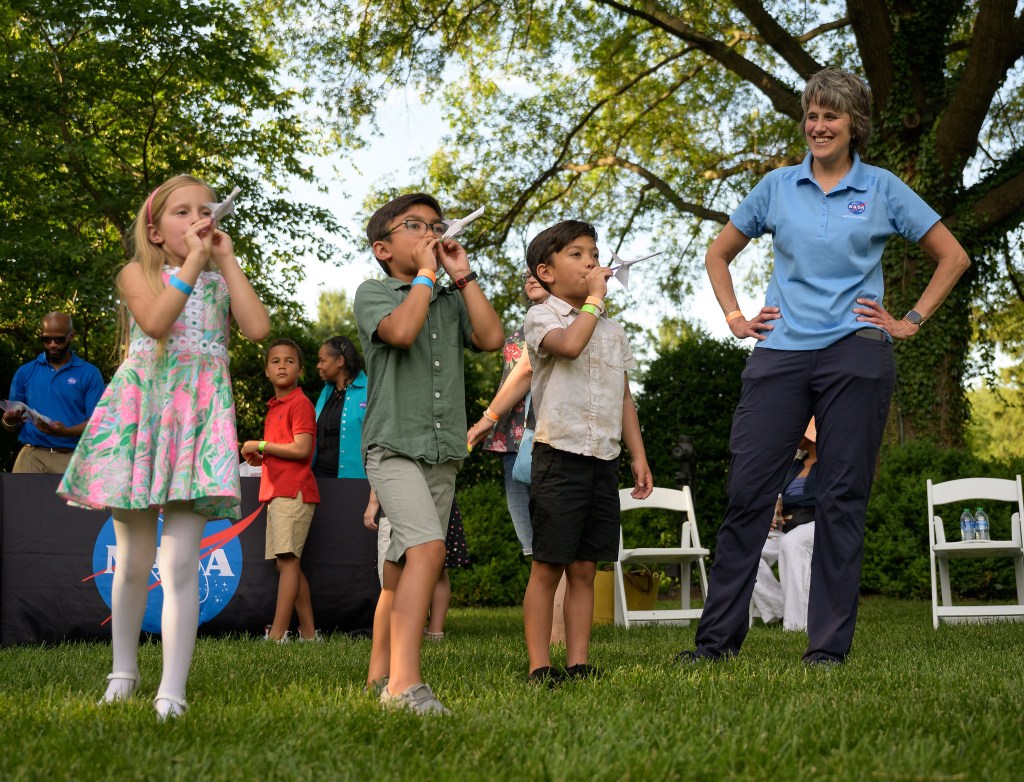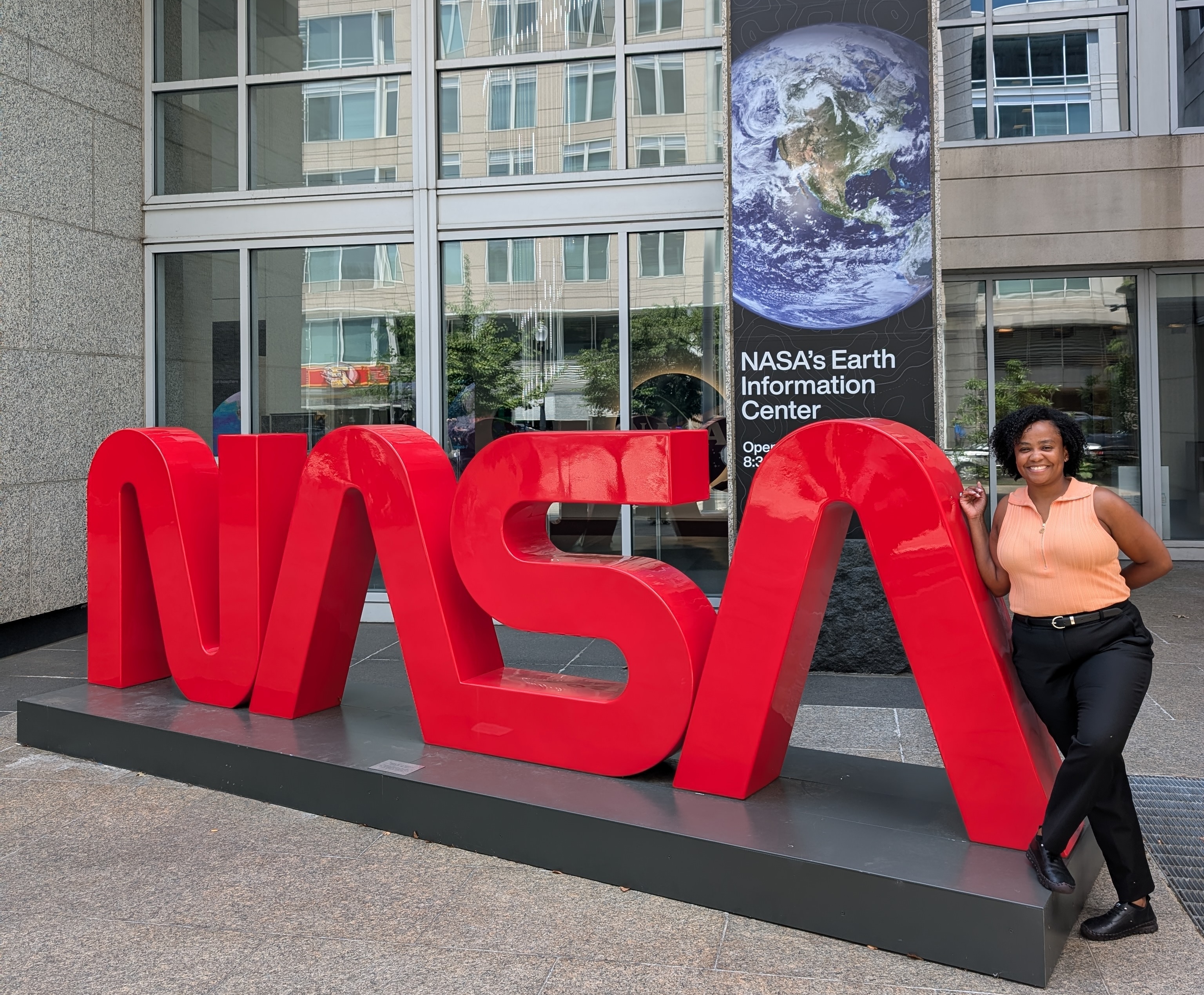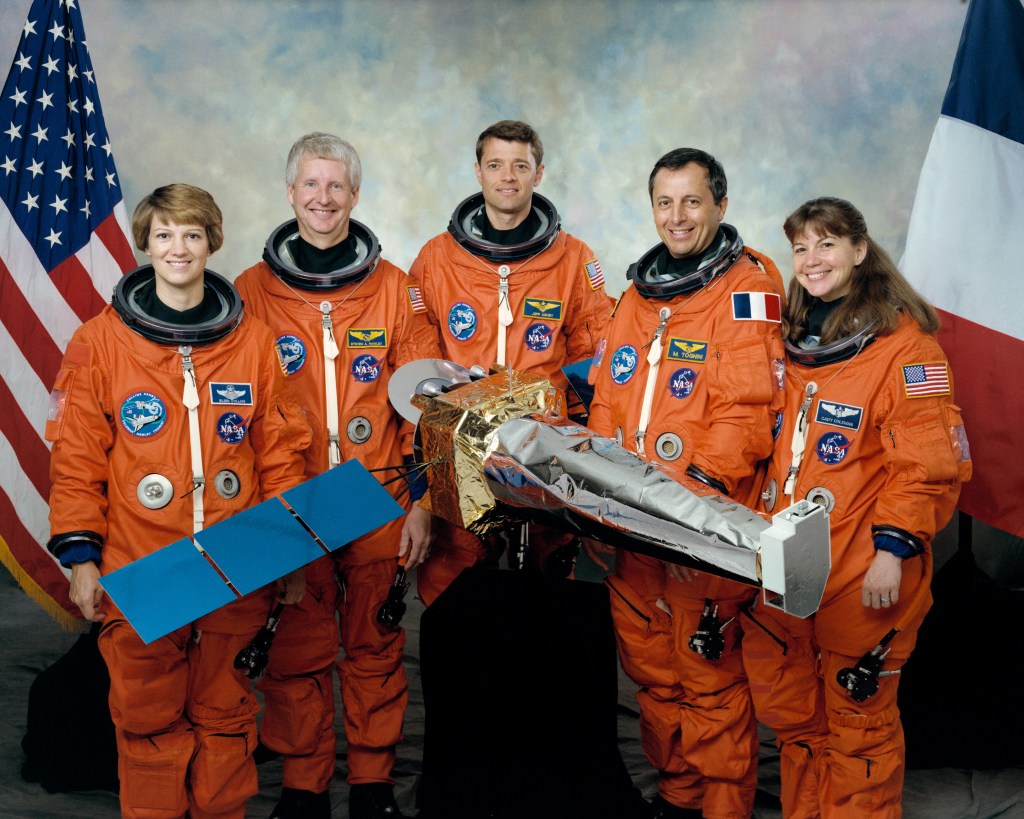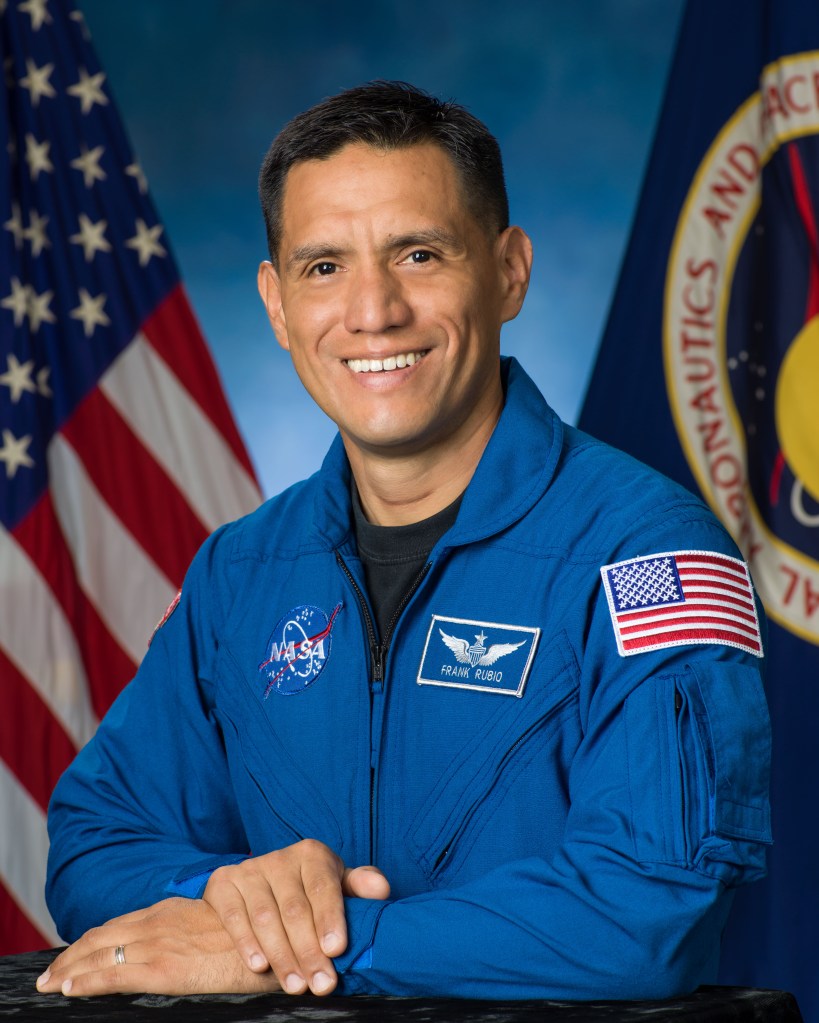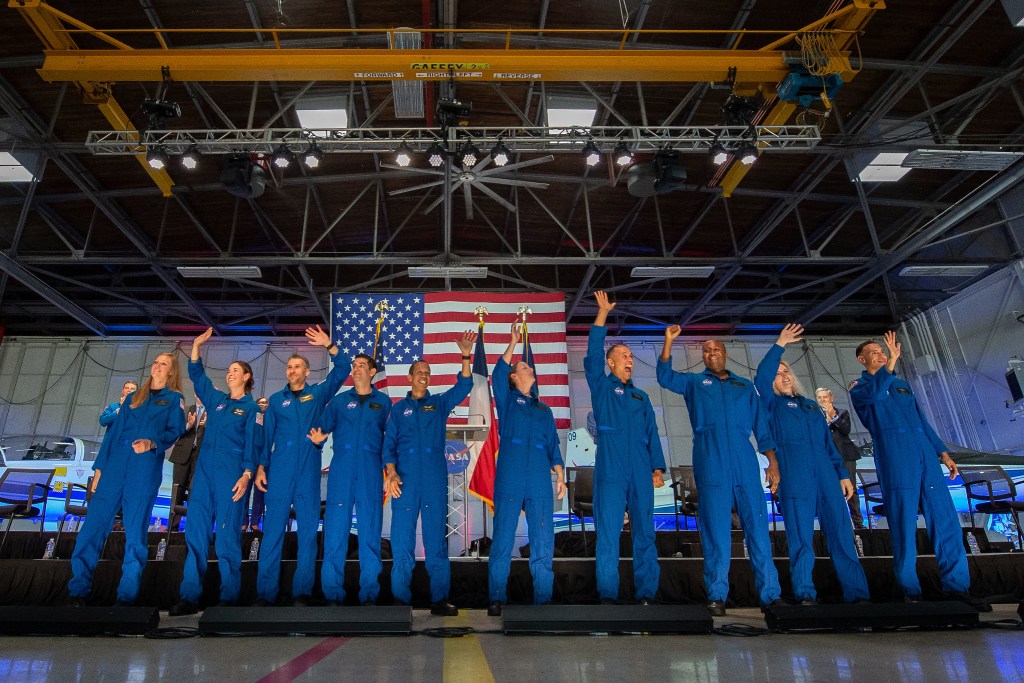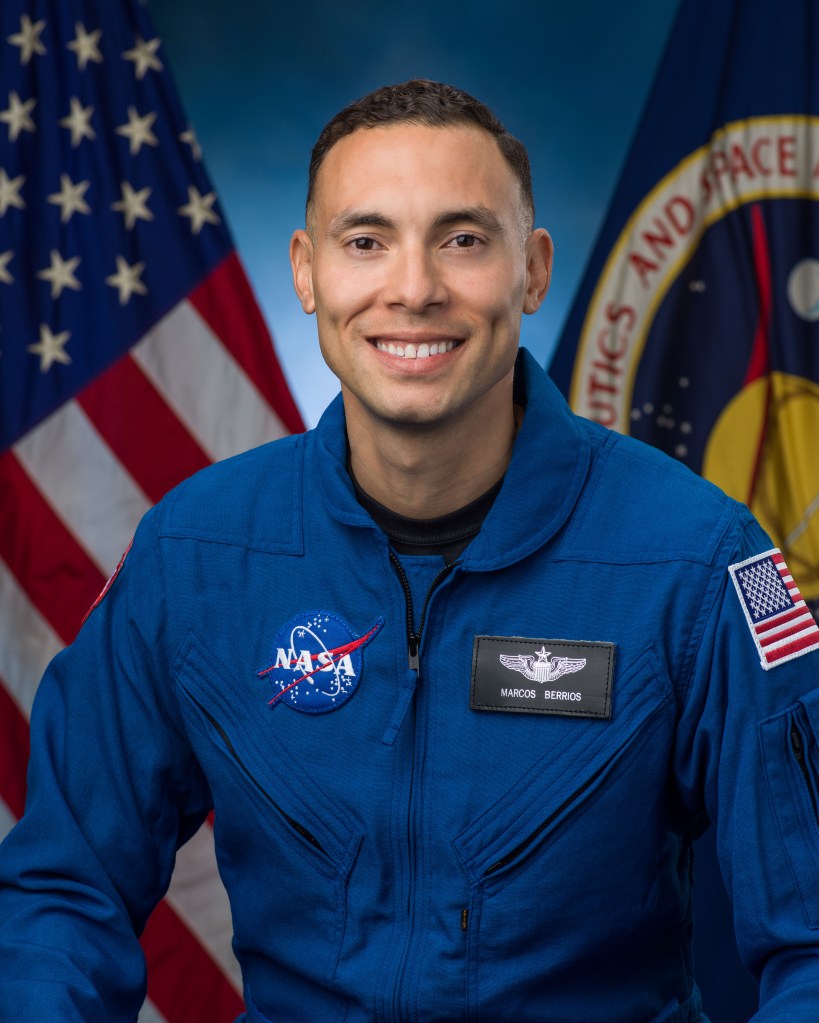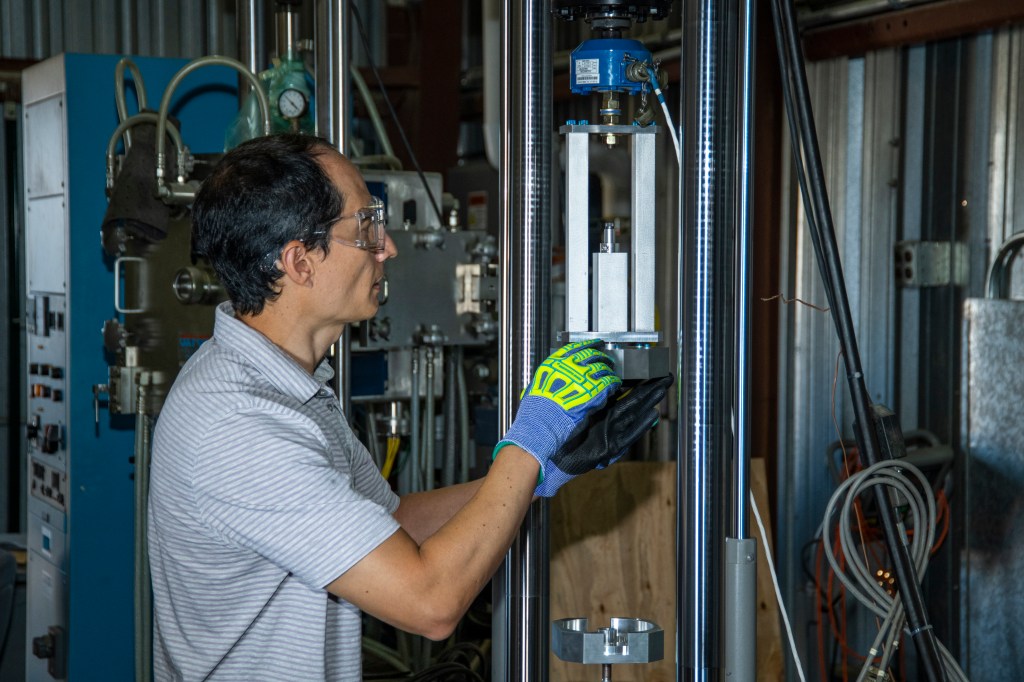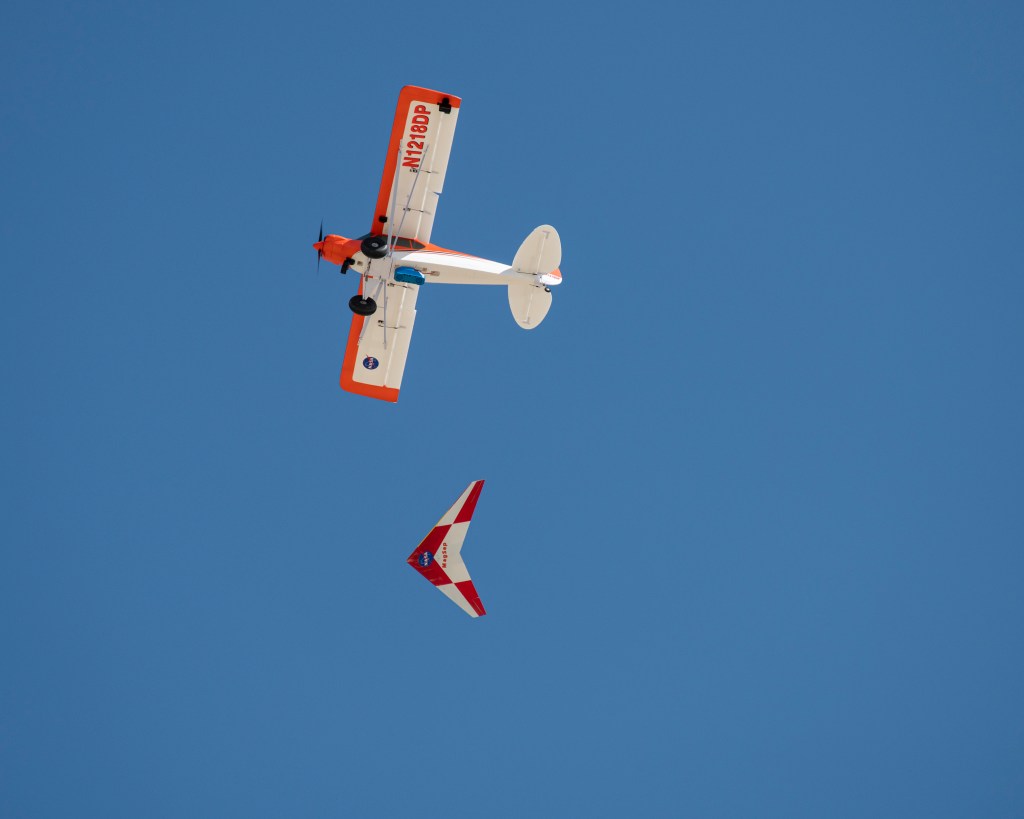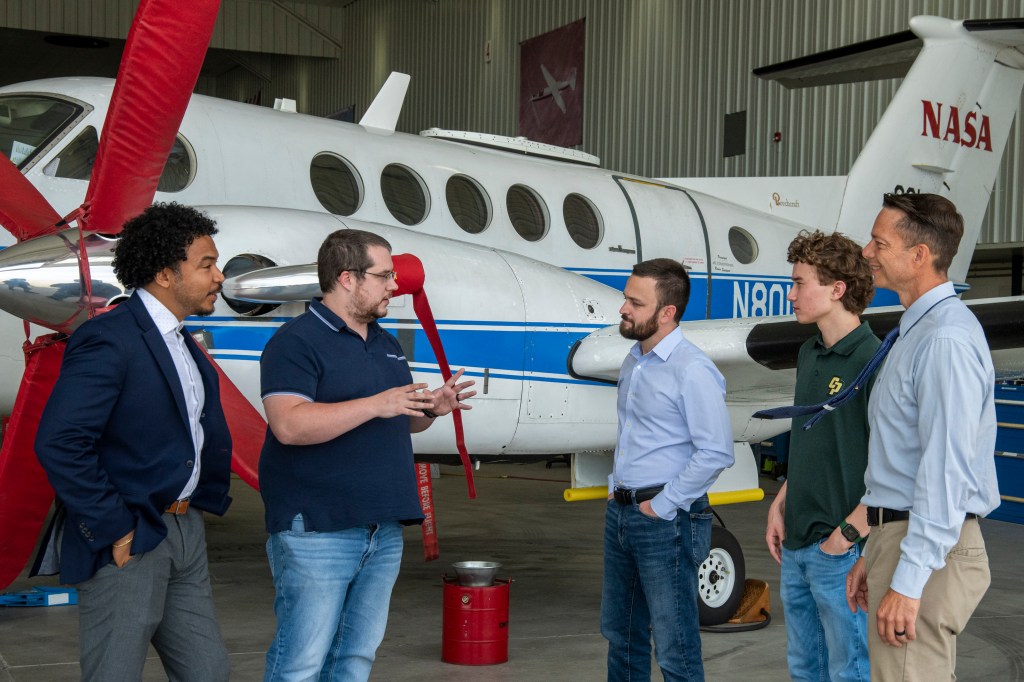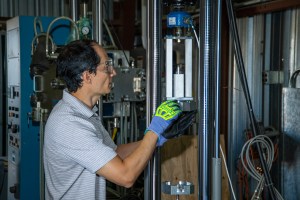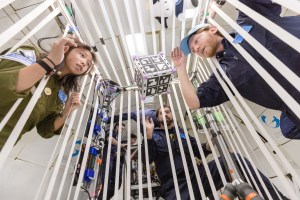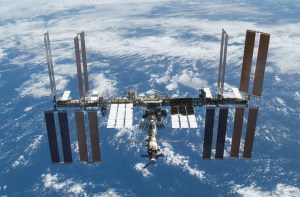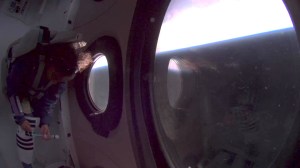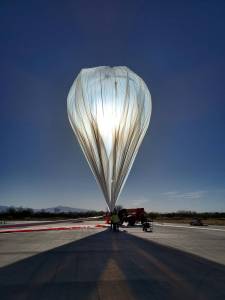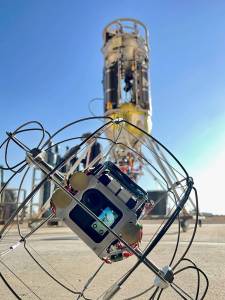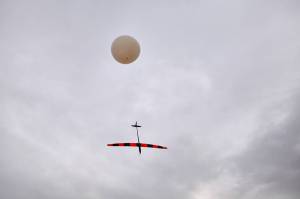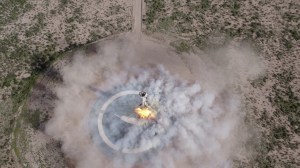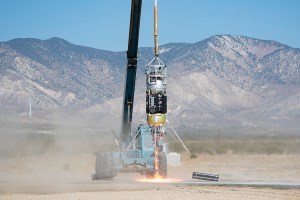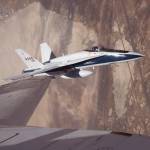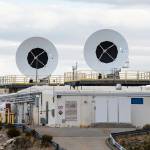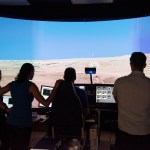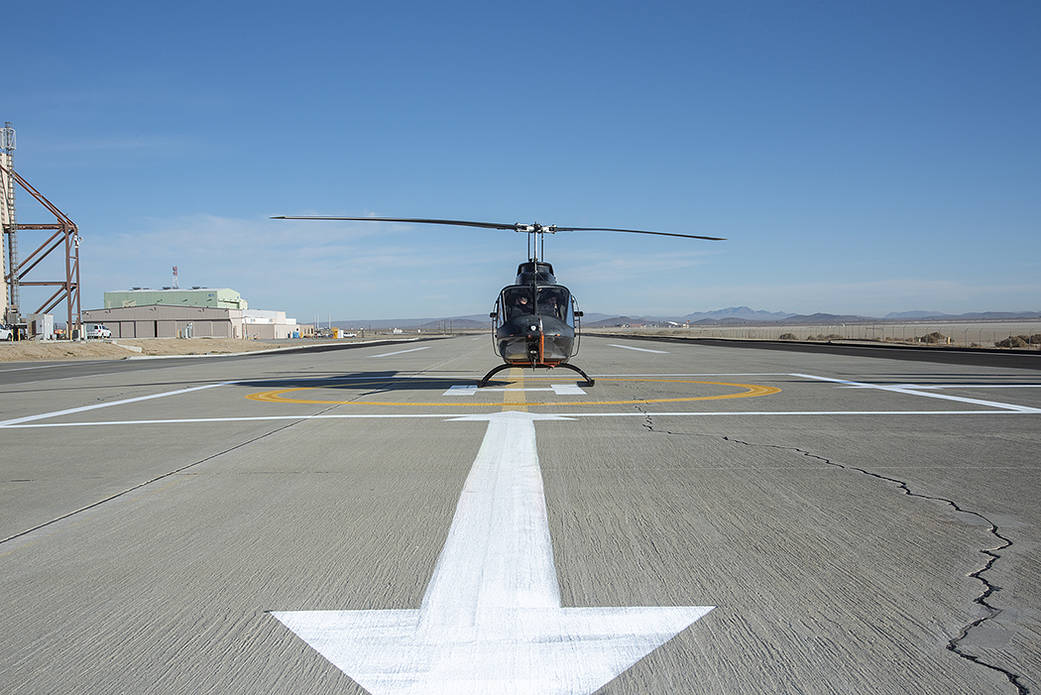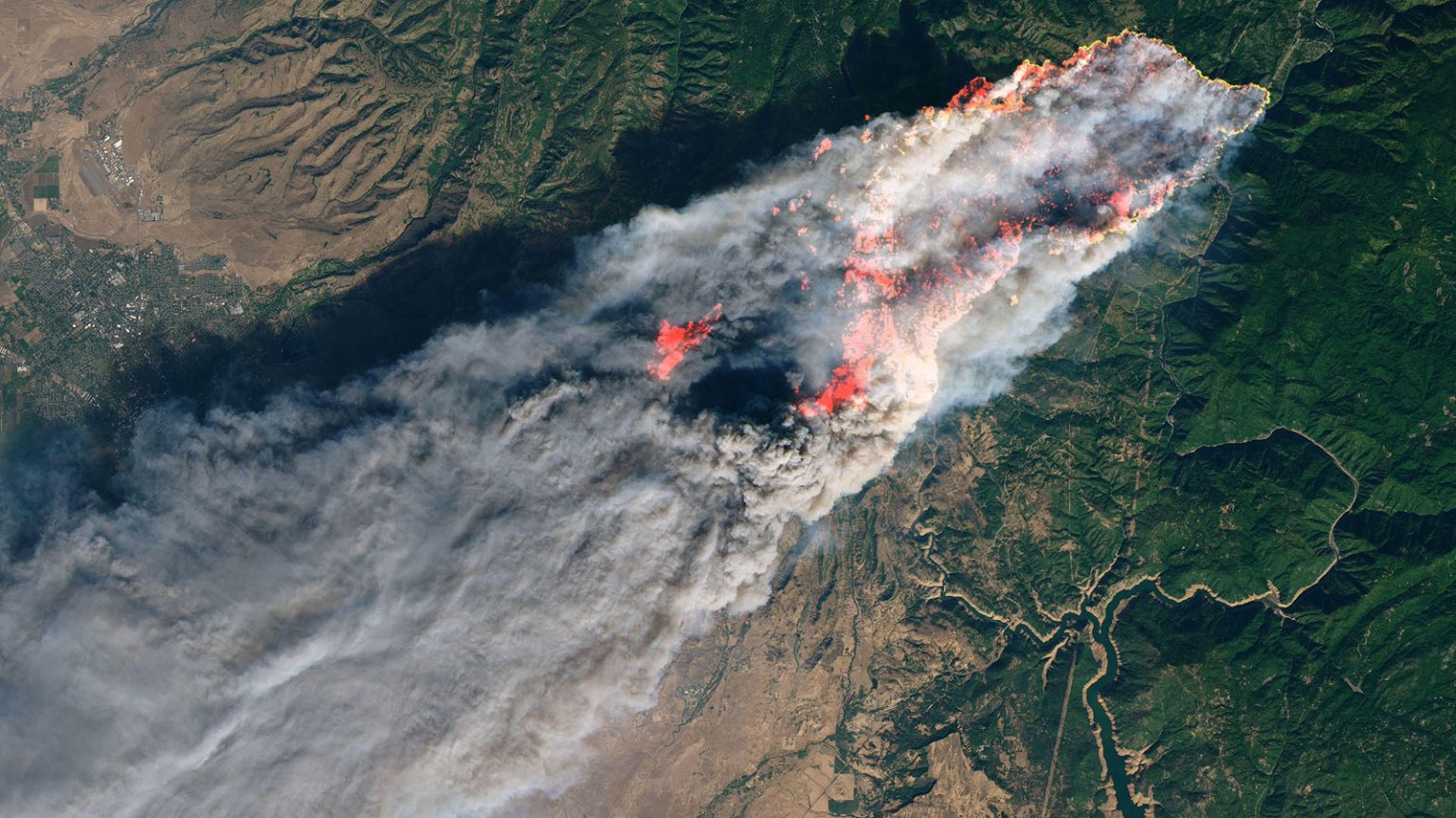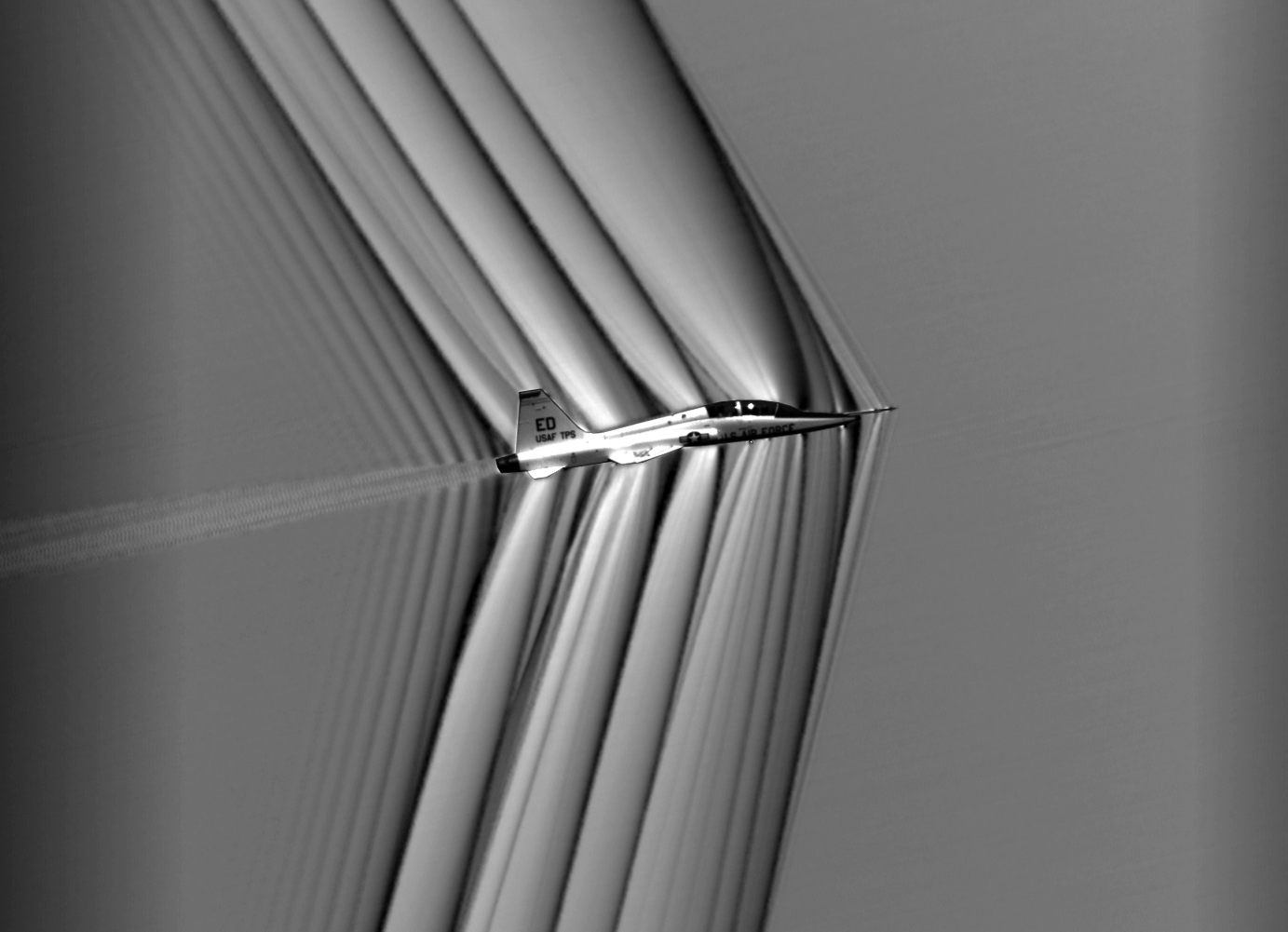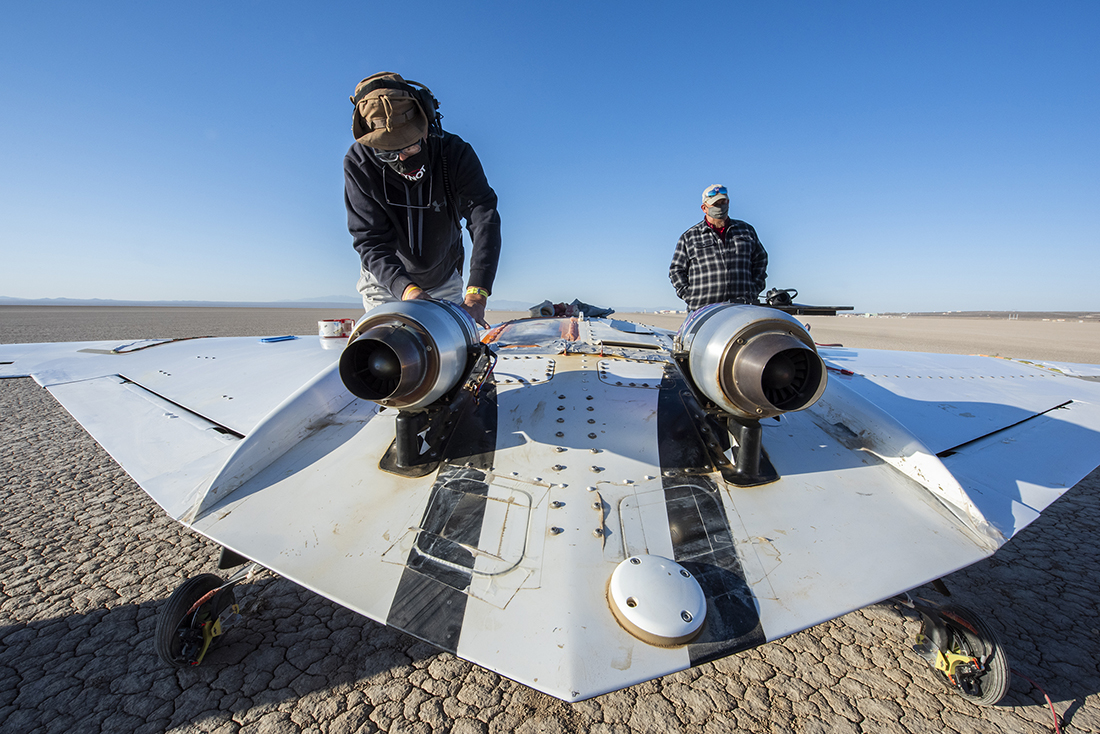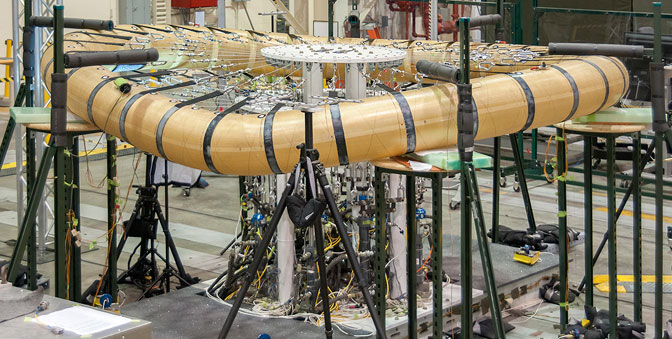
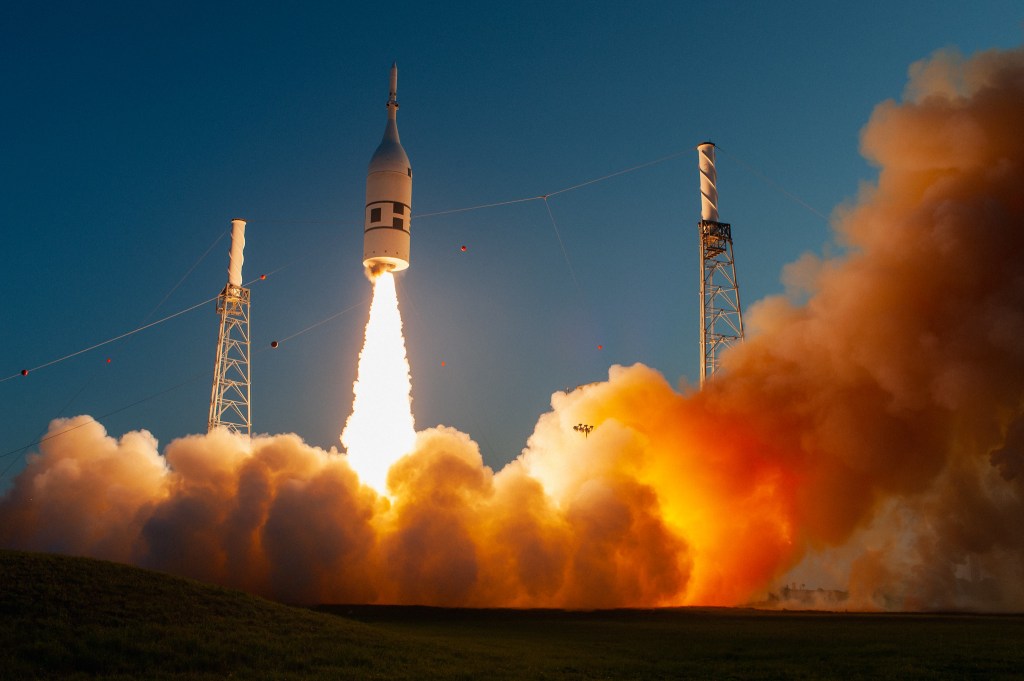
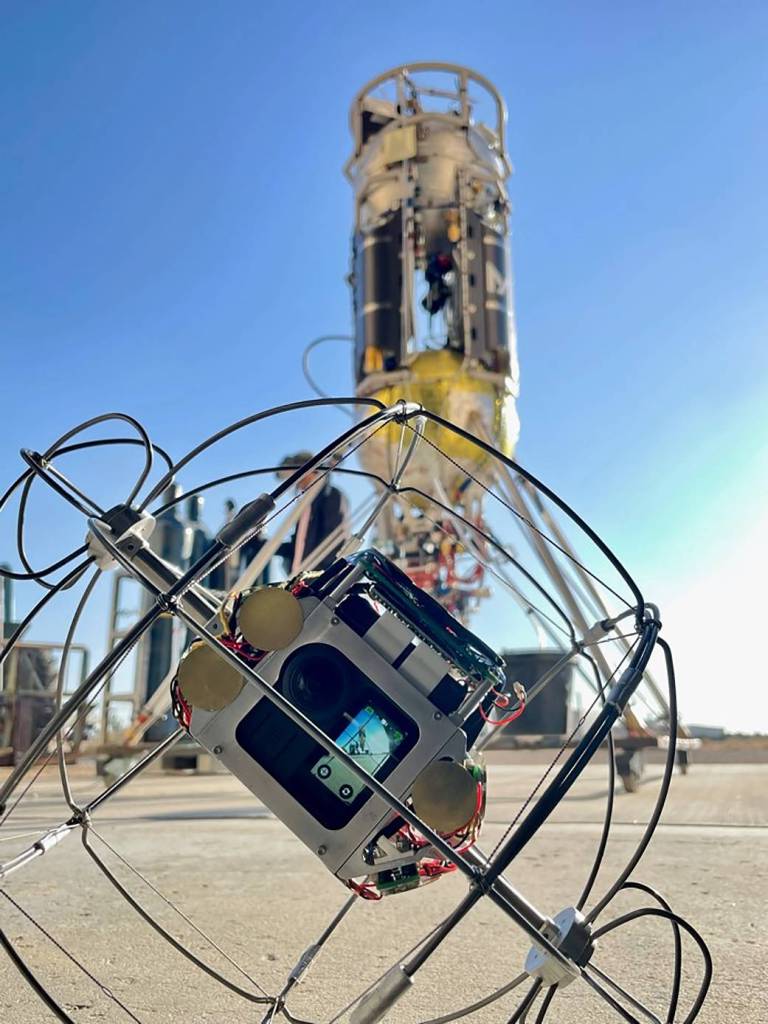
Space Projects
Armstrong Flight Research Center in Edwards, California, supports NASA’s Human Exploration and Space Technology missions by exploring space beyond low-Earth orbit and developing and demonstrating revolutionary, high-payoff technologies.
Branch Chief
Tony Ginn
Deputy Branch Chief
John Kelly
Flight Opportunities Program Manager
Danielle Mcculloch
Flight Opportunities
Rapidly demonstrating technologies for space exploration, discovery, and expansion of space commerce.
Learn More About the Program about Flight Opportunities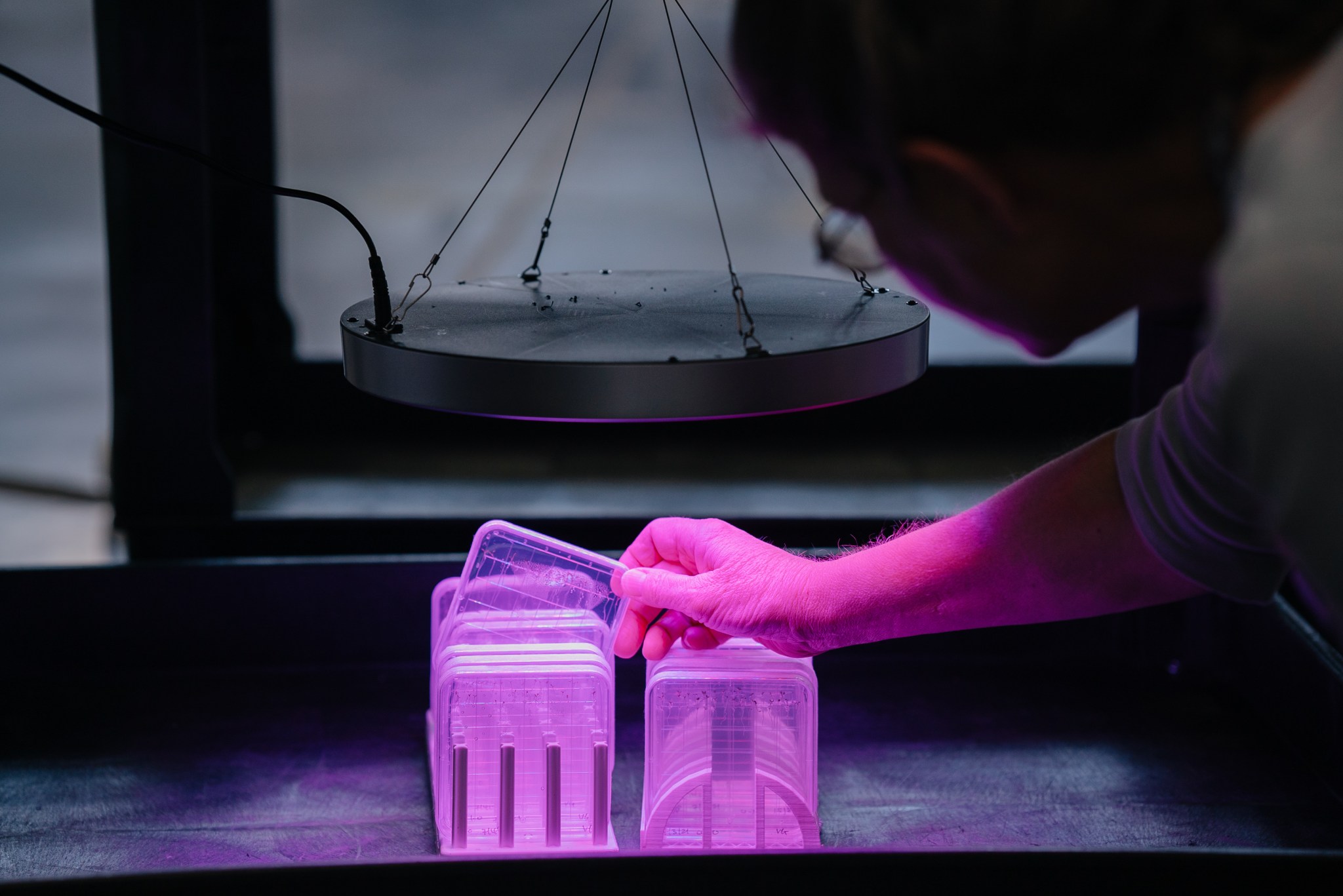
Research Focus Areas
In addition to the Flight Opportunities program, Armstrong plays a pivotal role in NASA's space exploration and technology mission activities.
NASA TechRise Student Challenge Tests Experiments in Stratosphere
On July 24, students from 30 middle and high schools selected for NASA’s TechRise Student Challenge watched their experiments launch…
Read the Story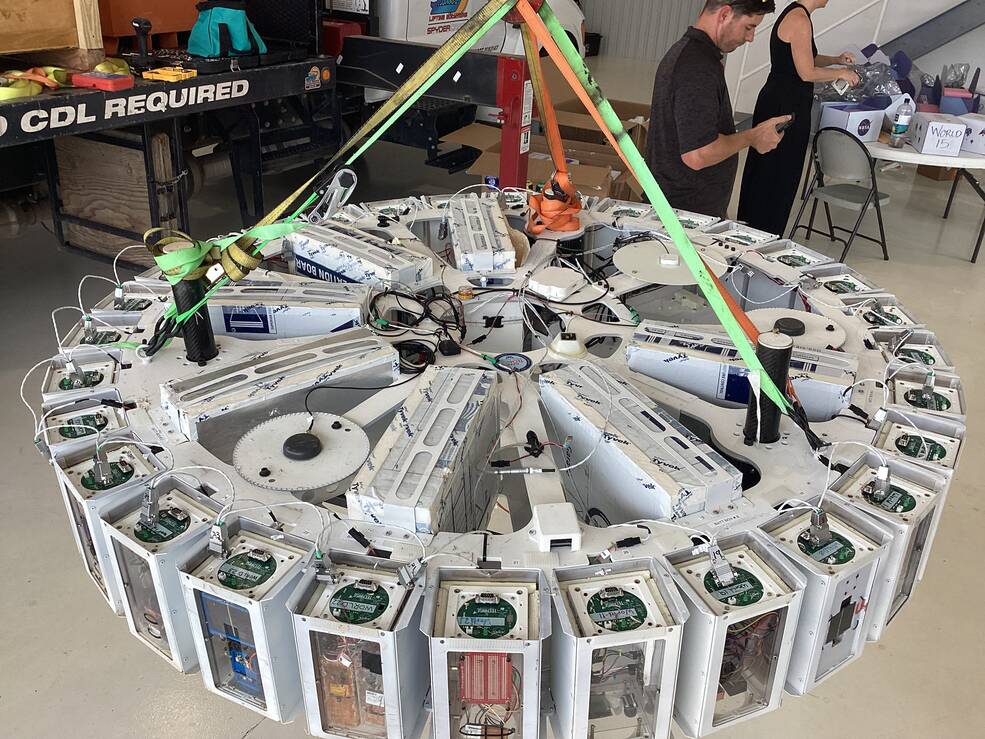
Space Projects News
Stay up-to-date with the latest news from Armstrong's as we break down barriers and accelerate change for the benefit of humanity.
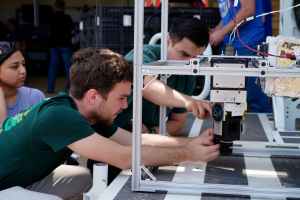
NASA’s public competitions can catalyze big changes – not just for the agency but also for participants. Bronco Space, the…

Teams of NASA researchers put their next-generation technologies to the microgravity test in a series of parabolic flights that aim…

A thermal protection material for the Artemis Generation The 3-Dimensional Multifunctional Ablative Thermal Protection System (3D-MAT) is a thermal protection…
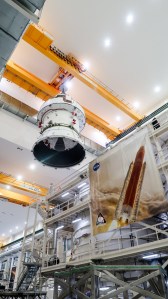
Before the Orion spacecraft is stacked atop NASA’s powerful SLS (Space Launch System) rocket ahead of the Artemis II mission,…
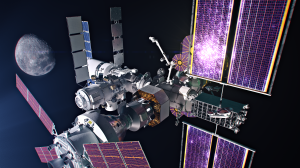
NASA and its partners are developing the foundational systems needed for long-term exploration at the Moon for the benefit of…
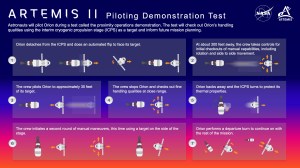
Astronauts will test drive NASA’s Orion spacecraft for the first time during the agency’s Artemis II test flight next year.…
Lander Simulation Testing Helps Advance NASA Navigation Technology
How do you test lunar lander technology on Earth before going to the Moon? NASA uses commercial flight providers like Masten Space Systems vertical takeoff vertical landing rocket, Xodiac, to validate it during a recent flight in Mojave, California.
The flight test simulates some of the maneuvers of a lunar lander. Designed for precision landing in a very tightly defined area, the Navigation Doppler Lidar technology transmits laser beams to the ground that bounce back to a sensor, providing information about the lander’s velocity and distance to the ground. Unlike Earth where GPS satellites are used to navigate, NASA needs new technology to explore the Moon and other planets so a precision landing technology could open possibilities to land anywhere even near a crater.


